



The digital marketplace constantly evolves, and managing potential customers through sales is crucial. Lead nurturing bridges the gap between initial interest and final purchase, converting potential leads into loyal customers.
Unlike straightforward sales tactics, lead nurturing focuses on building relationships by providing value, understanding needs, and offering solutions that resonate with potential customers.
This article discusses the fundamentals of setting up a simple yet effective lead nurture campaign. We will look at each step, from understanding the core components to implementing best practices to ensure your campaign reaches and resonates with your intended audience, increasing conversion rates and fostering long-term customer loyalty.
Understanding Lead Nurturing
Lead nurturing builds customer relationships at every sales funnel step throughout the buyer’s journey. It promotes listening to prospects’ requirements while offering the information and answers they demand.
But why is it so important?
Not all prospects are ready to buy right now. According to research, of the 20% of leads that sales reps follow up on, 70% are unqualified. However, it is a mistake to ignore those leads. After all, 80% of prospects who don’t make the cut today will eventually buy from someone within the following 24 months. You want your business to be at the top of their shortlist when they do.
Individualized attention and value-driven communication can help your brand stand out in a digital world with countless options and distractions. Unlike lead generation, which aims to capture as many leads as possible, lead nurturing focuses on maintaining and improving relationships beyond the initial contact. It keeps your brand top-of-mind for potential customers, gently guiding them to purchase when ready.
Effective lead nurturing can significantly impact your bottom line by improving the efficiency of your sales funnel, shortening the sales cycle, and converting more leads into paying clients.
Statistics show that companies that do well at lead nurturing generate 50% more sales-ready leads at a 33% lower cost than non-nurtured leads.
Components of a Lead Nurturing Campaign
An effective lead nurturing campaign has several components that push leads along the sales funnel.
Email Marketing
Email marketing, the foundation of good lead nurturing, allows you to communicate directly and personally with your prospects. It’s about giving an appropriate message at the right moment and providing value that directly addresses their requirements.
Framebridge uses educational engagement in its lead nurturing campaign. In exchange for teaching the reader a valuable skill, they ask that they read the guide provided in the email. It is a clever way to nurture leads without pushing for a hard sell.

Content Marketing
This involves creating and distributing valuable, relevant, consistent information to attract and retain a well-defined audience. You can position your brand as a reliable resource and thought leader by addressing your prospects’ requirements and pain areas through blogs, whitepapers, infographics, and videos.
The average customer requires approximately eight touchpoints before purchasing. Limiting yourself to one or two lead nurturing channels will make you less effective than disseminating your material over multiple channels using content nurturing.
Content marketing allows you to reach your prospects via web searches, social media, and email.
Amul does a fantastic job with content marketing. The dairy brand blends humor and creativity to form relatable content based on current events and pop culture.

Social Media Engagement
Social media platforms provide a unique opportunity to establish relationships and interact with your audience more formally and engagingly. You can boost brand awareness and keep your business prominent by publishing continuously, replying to comments, and sharing useful material.
Fashion brand ASOS has had great success across social media channels. With a target audience of young adults, the brand focuses on Snapchat and Instagram while cross-posting to Facebook and TikTok.
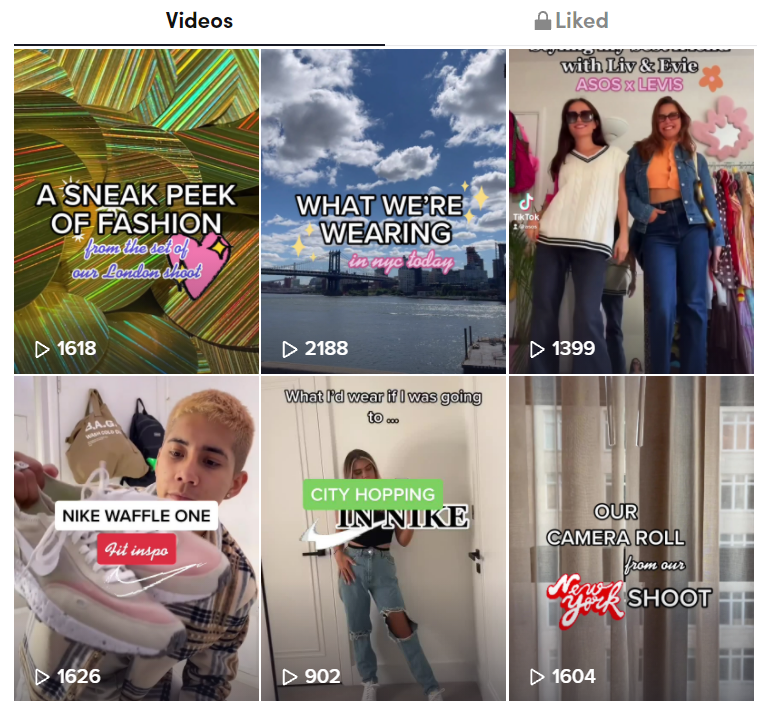
Personalization
Tailoring your campaign to each lead’s needs, behaviors, and interests will significantly enhance engagement and conversion rates. Personalization entails more than just including the lead’s name in emails; it also entails segmenting your audience and sending information tailored to each segment’s specific interests and stage in the sales process.
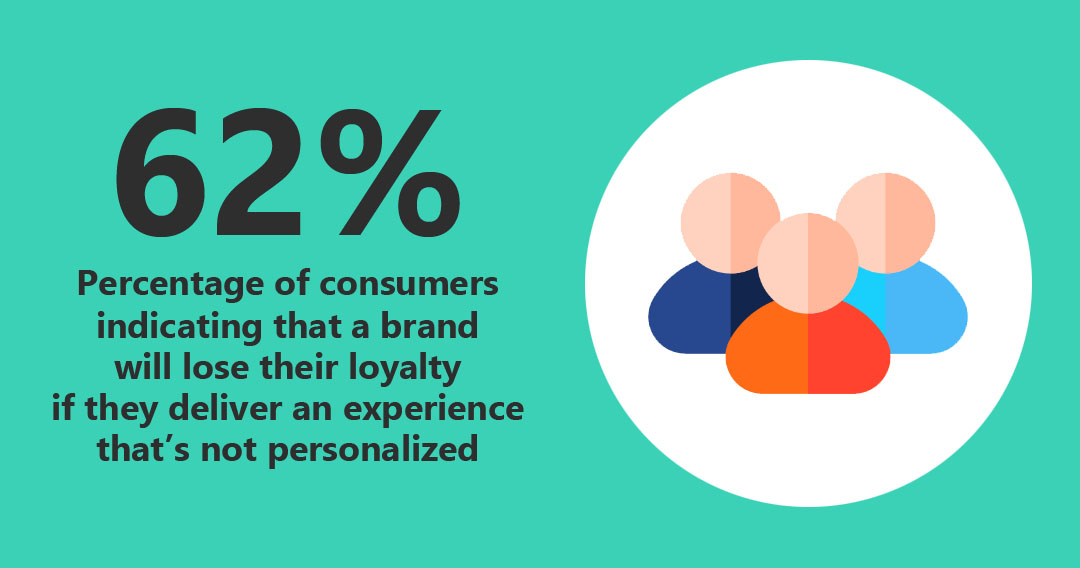
Salesforce research shows that 67% of Gen-Zers and Millennials expect company offers to be personalized, and another survey reports that 62% of customers say a brand will lose their loyalty by not delivering a personal experience.
These components serve as the cornerstone of a lead nurturing campaign. Next, we’ll look at how to combine these elements to form a cohesive and effective lead-nurturing strategy.
Setting Up Your Lead Nurture Campaign
Here are the strategic steps to set up your lead nurturing campaign for success.
Identify Your Target Audience
Understanding who your leads are is the first step toward a successful marketing campaign. Create buyer personas by investigating your target customer’s demographics, interests, pain areas, and purchasing habits. This information will drive your content development and allow you to personalize your communications to your audience’s demands.
The graphic below shows that age groups are more likely to respond to different social channels. Without understanding your audience, you can quickly go off-piste and deliver content to the wrong people and channels.
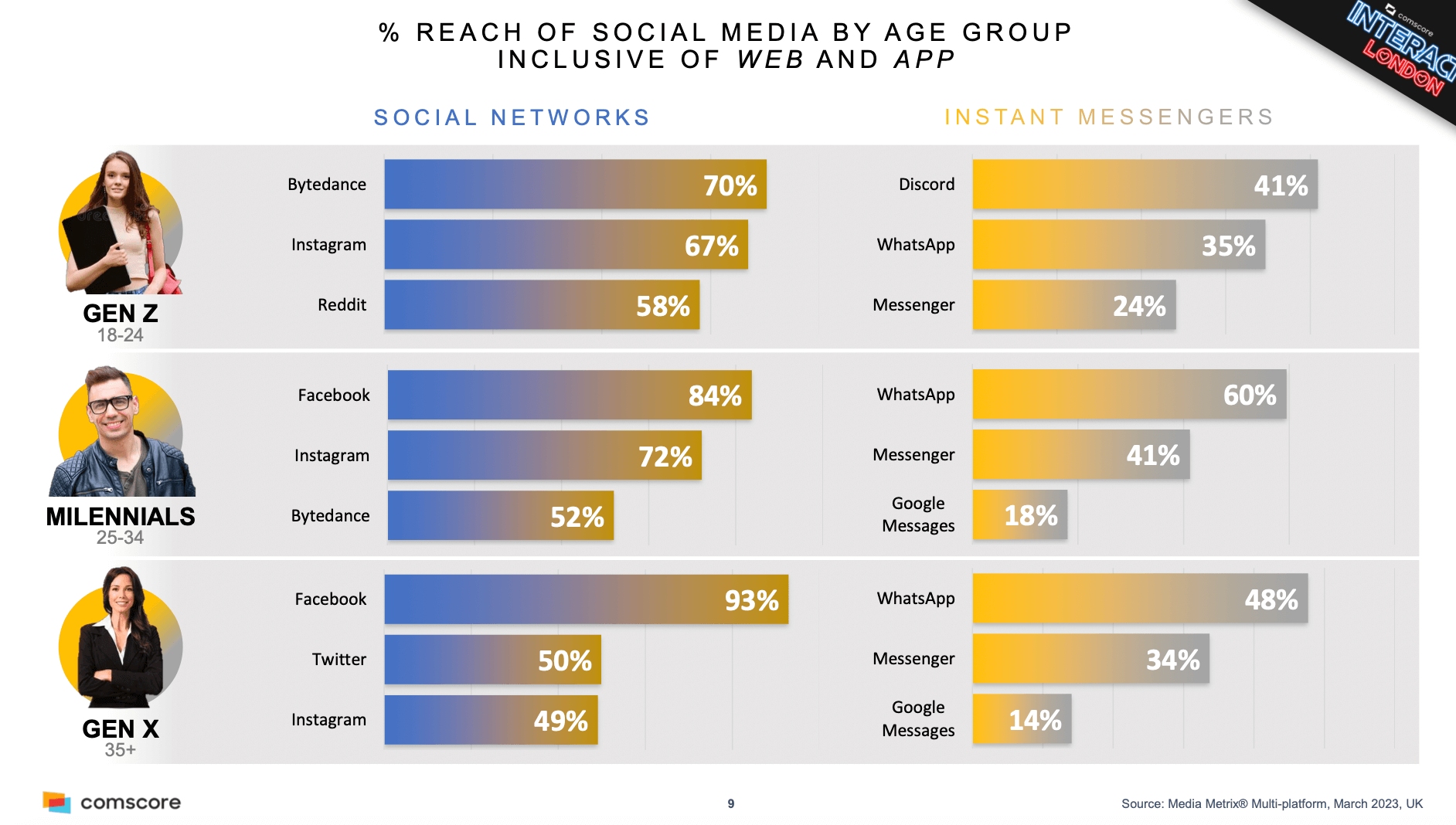
Create Content
Plan and create engaging material based on your audience research that addresses your leads’ concerns and questions at various phases of their purchasing process. This might include anything from instructive blog posts for customers at the awareness stage to more extensive case studies or product demos for prospects nearing the decision stage.
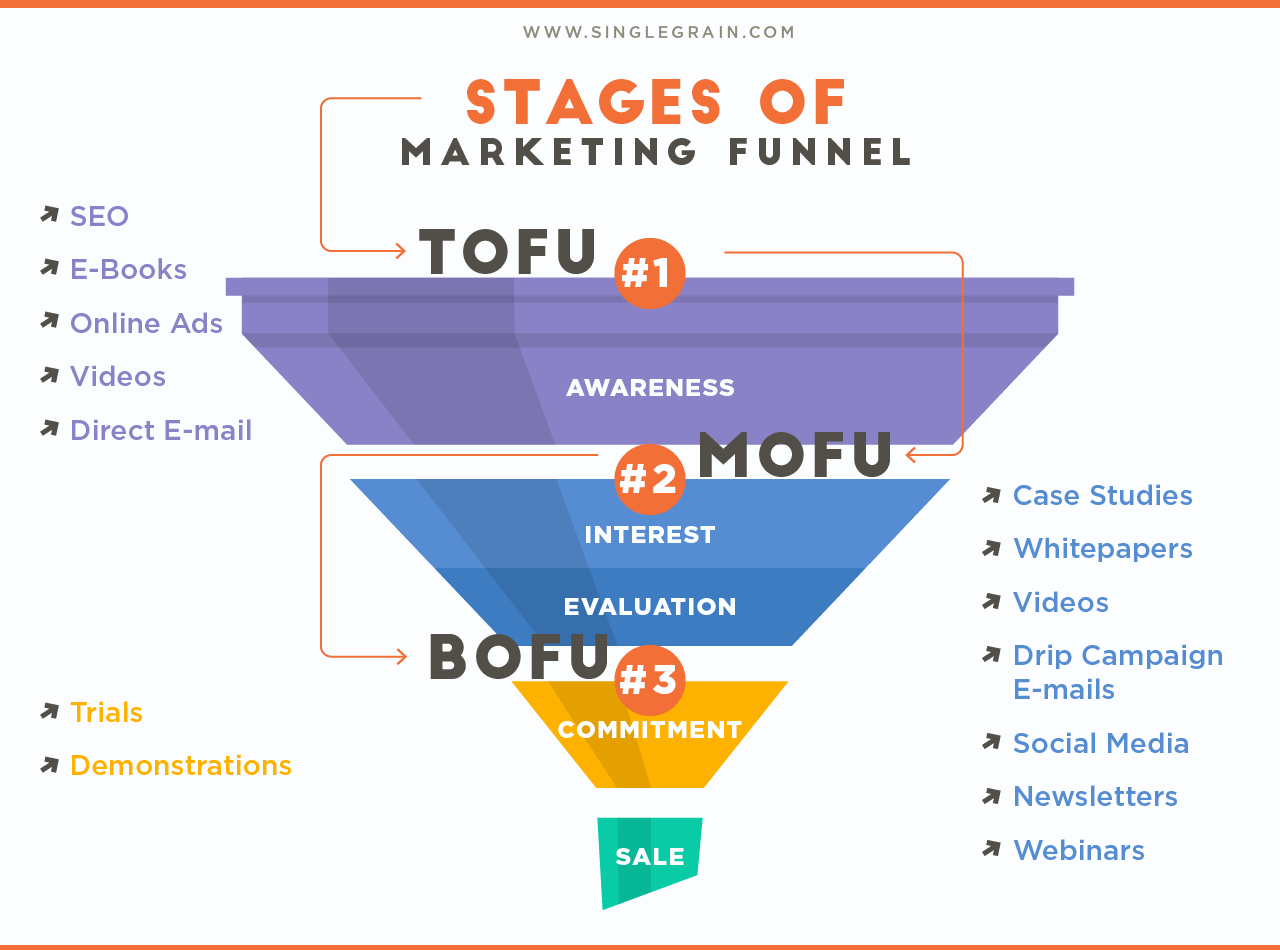
The objective is to deliver value that leads them to make a purchase.
Choosing the Right Tools
Effective lead nurturing requires the correct tools. A Customer Relationship Management (CRM) system can help you manage your leads and track their interactions with your business.
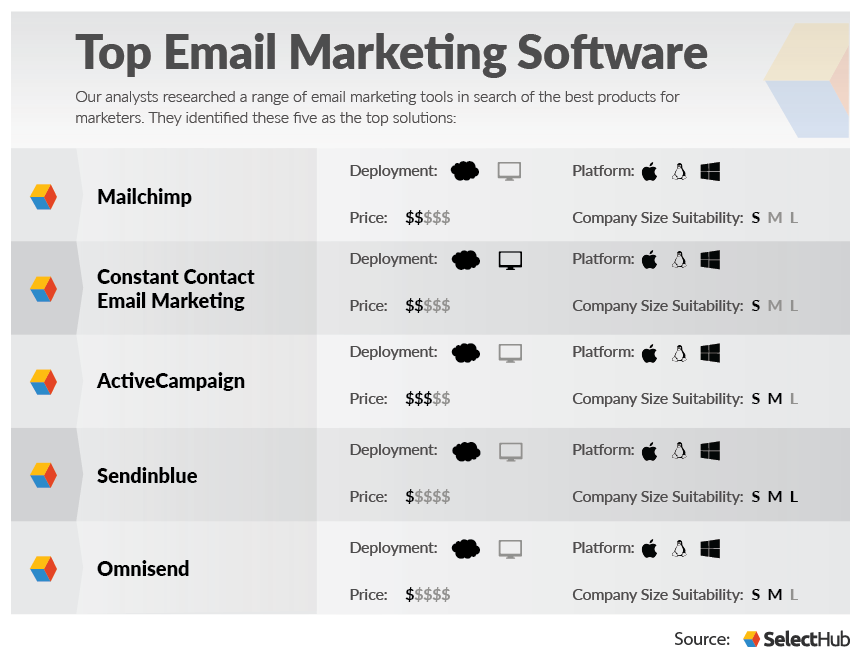
Email marketing software like Mailchimp or HubSpot supports automated email chains, segmentation, and personalization, making your campaigns more efficient and targeted.
Building the Campaign
Begin developing your campaign when you’ve defined your audience, developed content, and established your tools.
This involves:
- Segmenting your audience according to their characteristics and behaviors.
- Creating email sequences that steadily provide value and gently guide your leads to make a purchase.
- Schedule social media updates to coincide with your email campaigns, reinforcing the message.
- Implement personalization tactics to ensure that each lead receives material and offers relevant to their individual needs and stage in the buyer’s journey.
By carefully integrating these elements, you can design a lead nurturing campaign that engages and educates your prospects and efficiently moves them along the sales funnel to conversion.
Best Practices for Lead Nurturing
Consider these recommended practices to enhance the efficacy of your lead nurturing campaign.
Frequency and Timing
Maintaining the proper balance in email and social media communication is critical. Too often, you risk overloading your leads; too infrequently, and they may forget you. Choose a rhythm that keeps you present without being invasive, and adapt according to engagement metrics and feedback.

A/B Testing
Never accept a “good enough” approach. Continuously test various facets of your emails and landing pages, including subject lines, call-to-action (CTA) buttons, text format, and graphics. A/B testing can indicate what connects most with your target audience, allowing for improved performance over time.
Follow Ups
The follow-up process is crucial for turning leads into customers. Ensure your sales employees understand the marketing messages and are prepared to add value during conversations. Responding quickly to any inquiries or actions leads perform can enhance conversion rates.
Measuring Success and Optimization
To ensure that your lead nurturing campaign achieves its objectives, tracking its progress and continuously optimizing based on data is critical.
Here are the essential steps in this process:
- Identify KPIs such as open rates, click-through rates, conversion rates, and lead-to-customer ratios to assess the effectiveness of your campaign. These indicators will assist you in figuring out what’s working and what’s not.
- Use the analytics tools your CRM and email marketing software supplied to monitor these metrics. Google Analytics can also provide insight into how leads interact with your website.
- Analyze data regularly and utilize it to fine-tune your plan. This could include modifying your content, adjusting your segmentation, or changing your email frequency.
Monitoring performance and adjusting your campaign can boost your lead nurturing efforts, resulting in more conversions and customer retention.
Summary
The article emphasizes the importance of lead nurturing in converting prospects into loyal customers by establishing meaningful relationships through targeted communications. It emphasizes the need to understand your target audience, engage them with relevant material across numerous platforms, and tailor interactions to their needs.
By following the best practices, brands can set their lead nurturing campaigns up for success.
